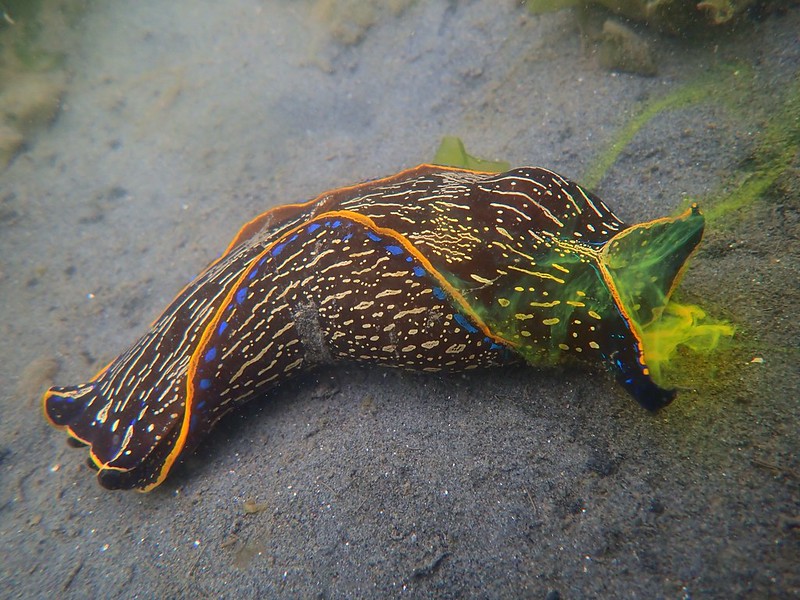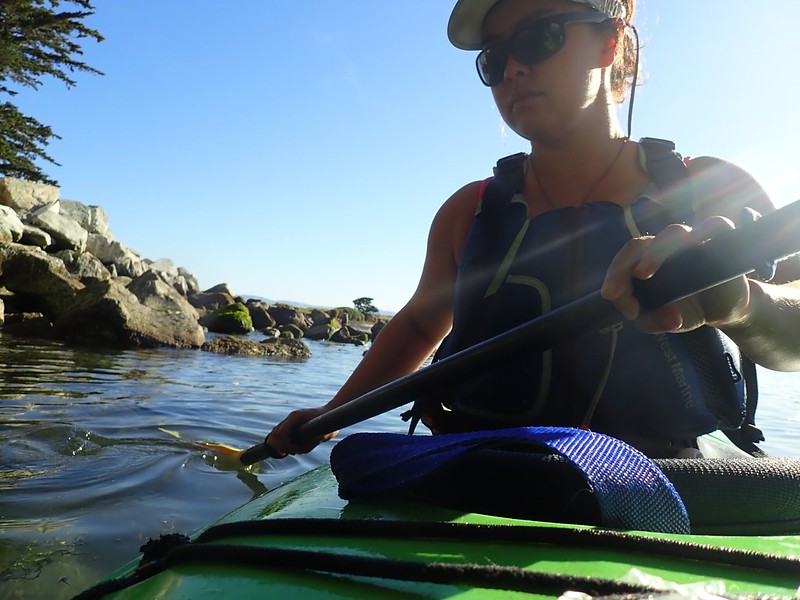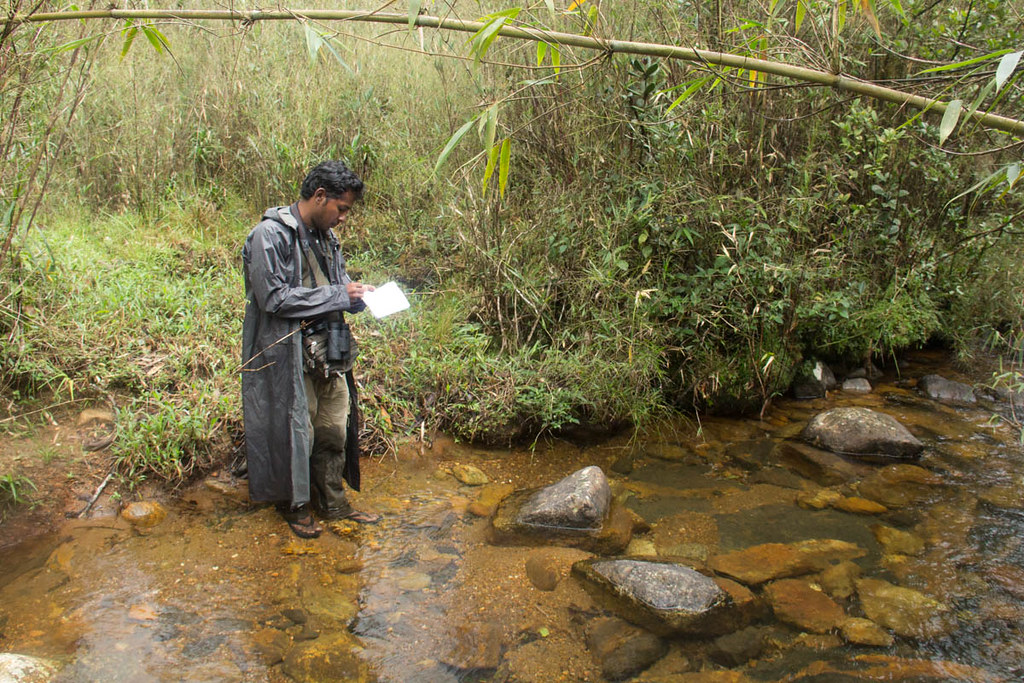Hiding Comments on iNaturalist
The iNaturalist community continues to grow and, as we brought up in a previous blog post about Community Guidelines, that does mean more instances of iNaturalist users posting objectionable content or otherwise behaving poorly (although this is still a small fraction of behavior on iNat).
Site curators previously had the ability to delete any comments by another, but we are now limiting that ability, at least on observations, to simply hiding objectionable comments. This was proposed and discussed in the iNaturalist Forum here.
Now, if a site curator finds that a comment (and this includes comments attached to identifications) is insulting, obscene, hate speech, or clearly spam, they can hide the comment (although they must provide a reason for their action). Let me give you an example of how this works. I should probably state that the comment here is not something that should be hidden, and the stated reason for hiding it is facetious, but I thought it best to be use a non-offensive comment as an example here.
A hidden comment will look like this to everyone who is not the commenter, a site curator, or an iNaturalist staff member:

The commenter, site curators, and iNaturalist staff will see this:

If they click on “Show Hidden Content,” they will see the comment, who created it, which curator hid the comment, and the curator’s stated reason for hiding it. Anyone will be able to see the Moderation History link, and the commenter will also see the Contact Support link.

Comments will not be hidden on mobile apps until we update the mobile apps to support this feature. That should be soon.
The commenter will not be able to delete or edit their comment while it is hidden, and iNaturalist staff are the only ones who can unhide a comment. The commenter (or another curator) can reach out to help@inaturalist.org if they believe the comment should not be hidden. iNaturalist staff will need to provide a reason for unhiding the comment.
We believe this new functionality is an improvement over the current system for the following reasons:
- Deleting another user’s content is a pretty consequential action. This allows site curators (without whom iNaturalist would cease to function - thank you curators!) to hide objectionable comments on observations without deleting it.
- It improves transparency. The commenter, site curators, and iNaturalist staff can see who hid the comment and why they did so.
- There have been some users who will make an offensive or insulting comment, then delete or edit the comment once the intended target has seen it, or once it has been flagged. This should prevent the majority of these cases, and leave a record for staff or curators to investigate if needed.
- A visible indicator of a hidden comment can provide context to discussions. For example, in this observation there is no indication that jimjohnson’s comment is in response to anything.
If you are not a curator and you see a comment which clearly violates iNaturalist’s Community Guidelines (especially those under the Suspendable Offenses category), please flag the comment so a curator can take a look, or email help@inaturalist.org. The hiding functionality currently only applies to comments on observations, but it’s possible we will expand it to other types of content, such as entire observations, IDs, comments on flags, etc. And as with any feature, this is subject to future changes, updates, or perhaps even deprecation.
If you notice any bugs, please notify us on the iNaturalist Community Forum.










